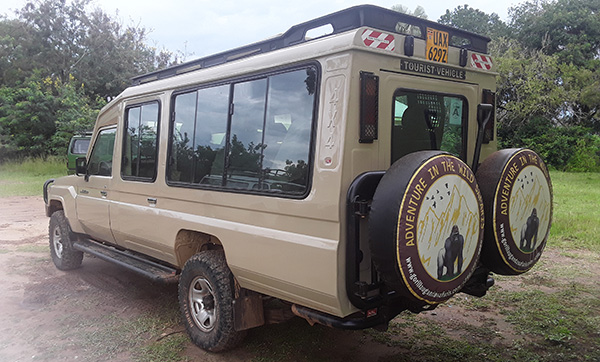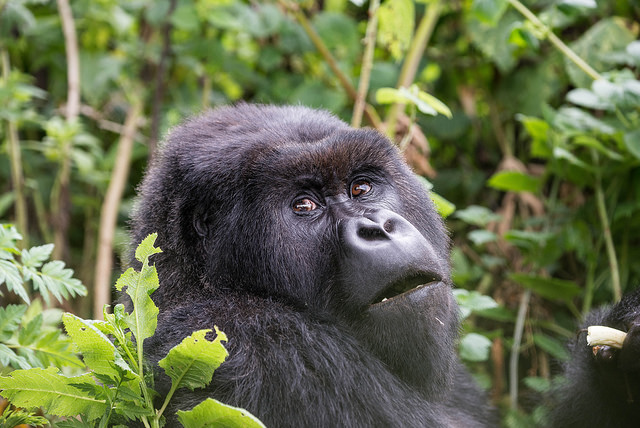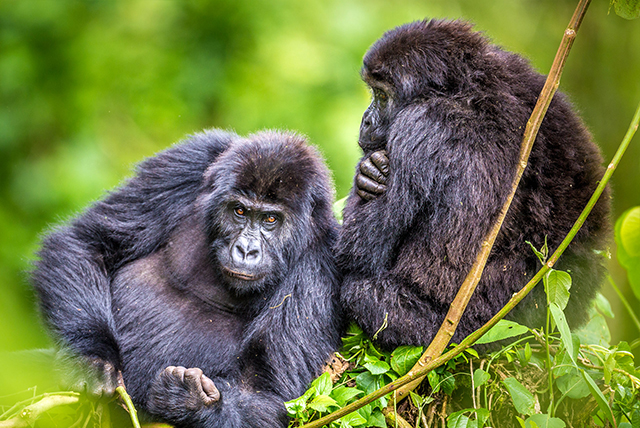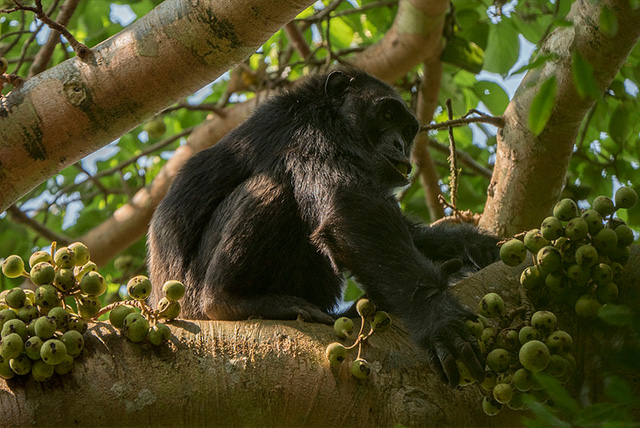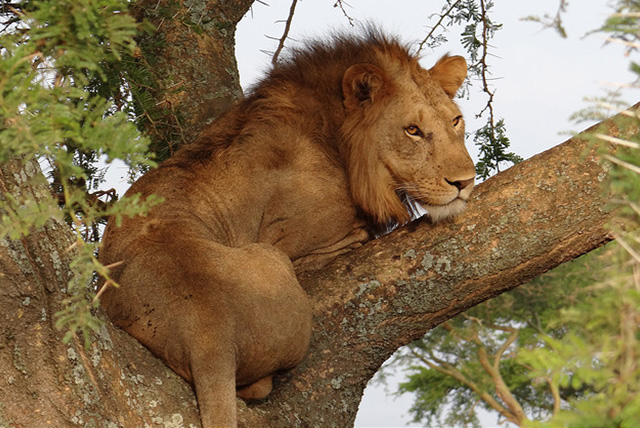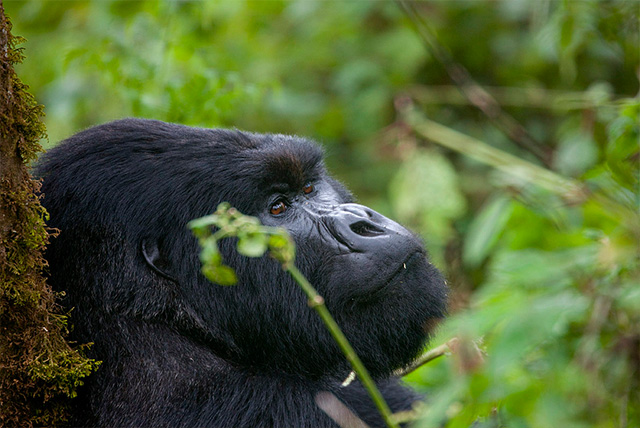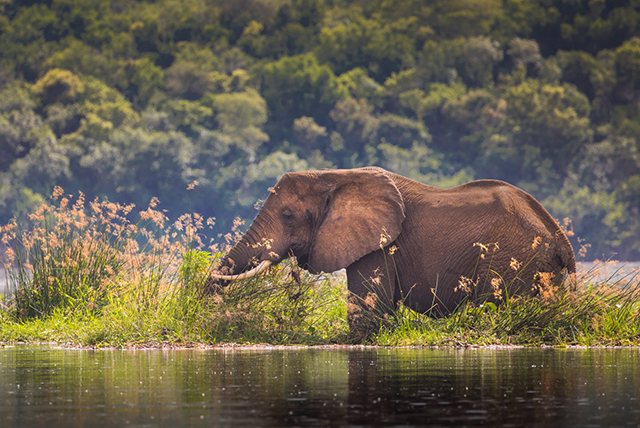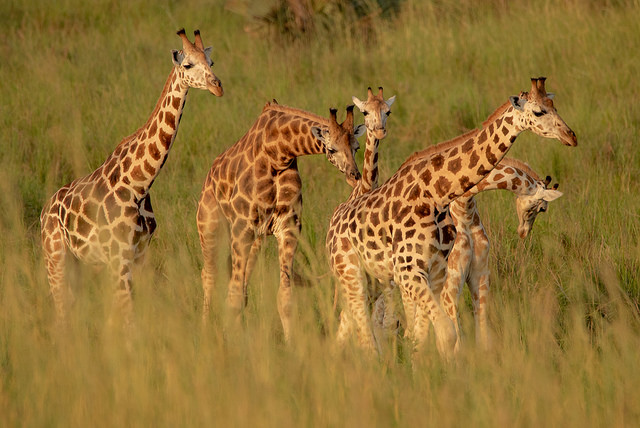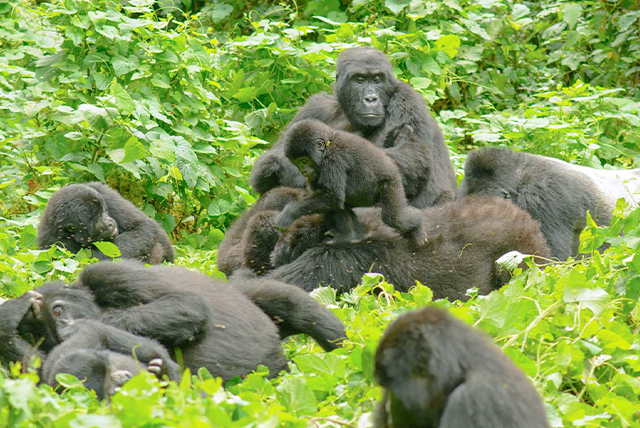Chobe National Park
Chobe National Park boasts two remarkable wildlife regions: Chobe Riverfront and Savuti. The Chobe is one of Africa’s enchanting rivers, and a fantastic way to experience the riverfront is by boat, particularly in the late afternoon when large herds of elephants and buffalo gather to quench their thirst. The river teems with hippos and crocodiles, while the birdlife is absolutely spectacular. Savuti is a haven for predators.
Chobe National Park is located in the north-east region of Botswana, near Kasane, which serves as the nearest commercial airport for visitors eager to explore the park. To the southwest of Chobe National Park, the Okavango Delta and Moremi Reserve await exploration, while to the northeast, the majestic Victoria Falls and Livingstone beckon adventurers. Chobe National Park, situated near some of Africa’s most popular natural wonders, serves as a perfect destination for an exhilarating safari in Botswana.
Chobe National Park in Botswana boasts the highest concentration of elephants globally, and alongside the Okavango Delta, it’s easy to see why Botswana is regarded as a top wildlife destination. Seasoned safari enthusiasts return year after year for an unparalleled wilderness experience.
Engage in thrilling experiences centered around wildlife observation through bush walks and game drives. Alternatively, you can rent a houseboat to glide along the Chobe River for an extraordinary luxury boating safari, or test your skills at tiger fishing. With the World Heritage Site of Victoria Falls in nearby Zambia and Zimbabwe just 100km away, it is a breeze to pair a safari in Chobe National Park with a trip to one of the globe’s most breathtaking natural marvels.
Chobe National Park offers a variety of accommodation options, from campsites for those seeking excitement to renowned luxury Botswana safari lodges and houseboat rentals. Explore our curated selection of Botswana safari tours in Chobe National Park below.
Advantages & Disadvantages
Incredible opportunities to observe wildlife
Four of the Big Five are here (the rhino is missing)
Perfect spot for birdwatching, particularly for observing waterbirds
Exciting game drives and thrilling boat safaris await you!
Fantastic spot for an exhilarating road trip
Most lodging options are located beyond the park’s boundaries.
The waterfront area near Kasane can be bustling with activity.
Summer brings intense heat, and the safari routes within the park are somewhat restricted.
Nature’s wonders
In addition to elephants and buffalo, the floodplains are teeming with common waterbuck, plains zebras, impalas, and puku, all of which can be easily spotted during boat safaris in the Dry season. Early morning game drives offer the best opportunities to encounter majestic predators like lions and spotted hyenas. While they tend to keep to themselves, you may just have the thrill of encountering a leopard.
Discover the wonders of Chobe’s wildlife and its breathtaking scenery.
The Chobe River winds its way through the savannah and woodland, creating a vibrant landscape where the floodplains are often alive with wildlife. The interior boasts a vibrant tapestry of mopane woodland and the expansive flatness of Kalahari sandveld, characterized by its dry, sandy soil. The Savuti Marsh stands as a remarkable feature within the park. The landscape is predominantly arid, reminiscent of the vast Serengeti Plains.
Atmospheric Conditions & Environmental Patterns
During the Dry season, from April to October, daytime temperatures begin at a warm 30°C/86°F in April and rise to a scorching 35°C/95°F by October. The first two months of the Wet season (November to March) bring warm conditions, leading up to the intense storms of January and February that refresh the atmosphere and alleviate the heat.
Additional information regarding the weather and climate
Optimal Season for Exploration
At Chobe, the thrill of encountering wildlife is a year-round experience, but the Dry season from April to October truly elevates the excitement, especially along the expansive southern bank of the park’s iconic river. As the season unfolds, things take a thrilling turn, but brace yourself for the rising temperatures as well.

